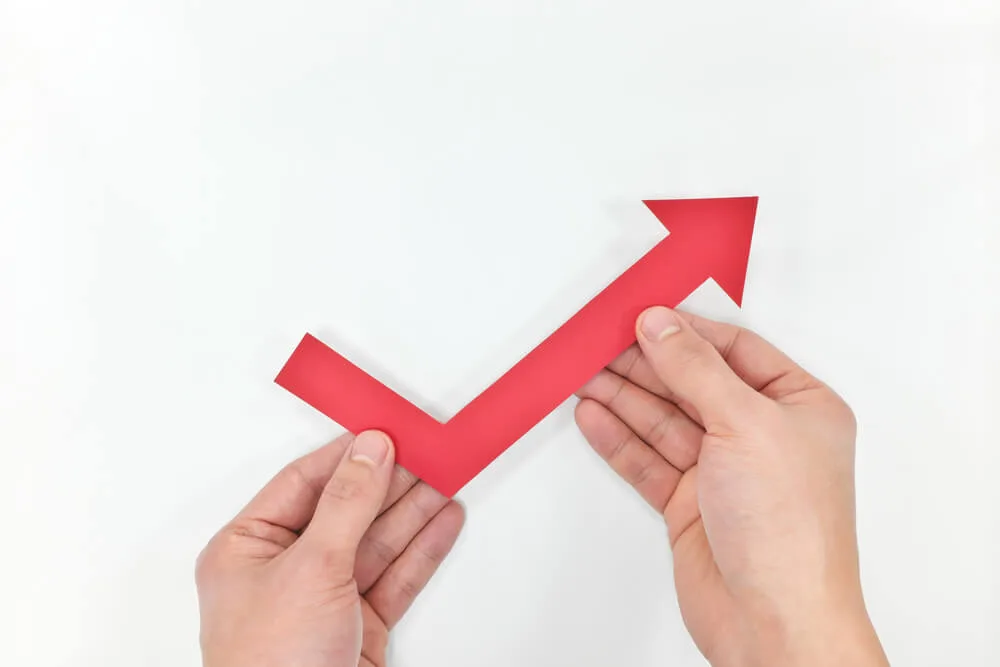Bad vs. Good Bounce Rates: A Google Analytics Myth Busted
- SEO

What is a Good Bounce Rate, and Does it Matter?
Yes…and no.
Bounce rates reflect the amount of time a user spends on your page, whether or not they continue to new pages, and if they choose to click through to desired actions (i.e. clicking the “contact us now” button or visiting your homepage after reading a blog).
Bounce rate percentages vary from industry to industry and page types, but generally, you want to see bounce rates from 20-70%.
But if your blog page has a bounce rate of 85% is it need for concern? Not necessarily.
Bounce rates are a Google Analytics urban myth, and an abnormal amount of importance has been placed on them, but there are other factors to consider when checking-up on page health.
Gathering Good Information vs. a High Bounce Rate
Some pages, like contact pages, may see unusually high bounce rates. Why? Because if the page is easy to read and accessible for users, they will find the contact information quickly, shoot your organization a ring or an email, and close the page.
The user has spent no more than 20 seconds on the site, but not because the page was confusing or the content wasn’t relevant, but because they found the information they were looking for quickly.
This can result in a high bounce rate and always needs to be considered when reviewing pages that provide direct information to the user.
Engaging in Your Content Time Test
It takes someone about four minutes to read this article (I know because I clocked it).
If I’m looking at the bounce rate, it might be high because nobody has clicked through to the site and only spent X amount of time on the page before backing out.
However, that doesn’t mean the content was engaging and gave users what they were looking for. Quite the opposite. This is why it’s important to also check the Average Session Duration in your Google Analytics. This tells you how long a person sat on that particular page.
If somebody has sat on page for 20 minutes reading your blog and then sharing the page on social media but never goes further, the bounce rate has less weight. You can get a more accurate read on your bounce rate vs. time spent on page by creating an adjusted bounce rate in your Google Analytics.
Traffic Source
An important factor to consider when investigating high bounce rates is the source of traffic.
For example, lets say you wrote a blog on new environmental legislature for 2016. You’ve shared the blog on social media, built a link on an environmental nonprofit site, and created a great meta title and description for the page.
Most of your traffic to the page appears to be coming from social media, but you have a high bounce rate. What does this tell you?
Possibly that the content you are posting doesn’t translate well for social media. Maybe the persona of your social media audience was expecting something different or was hoping for a different type of content like an infographic rather than a lengthy article.
This brings up an important point: always look at bounce rates from a holistic point of view. Understanding where your traffic is coming from and what they’re searching for is a direct correlation to bounce rate.
If most of your traffic is being driven through organic search, consider what kind of content would work best. For example, are people searching for quick facts or more in-depth research-driven pieces? What does your keyword research say?
As with all SEO, focus on user satisfaction, not the search engines’s.
Bounce Rate and SEO
Does bounce rate affect SEO? Slightly. But immediate bounce rates with 100% bounce are really the most potent.
When a page as a 100% bounce rate it means a user was turned off instantly and backed out of the page. Google recognize this, and this bounce can hurt rankings.
However, Google doesn’t just see your bounce rate. They look at the full picture of a page including larger factors like keywords, page formatting and links. So while a page might have a higher bounce rate than preferred, your rankings won’t [shouldn’t] tank.
The urban myth of Google analytics bounce rates comes down to 5 these takeaways:
- If you have good, clear information on a page, a high bounce rate is a big thumbs up.
- Always look at the session time per page to understand if your content is engaging.
- Traffic source is a telling sign as to whether or not bounce rates are contributed to the wrong kind of content for a certain audience
- A high bounce rate, with the exception of an immediate bounce, won’t kill your rankings.
- Always look at bounce rate from a holistic standpoint to understand all the elements!
Not sure if your bounce rates are good, bad, or ugly? Contact our team to see how we can help you understand your data.
 Alex S
Alex S